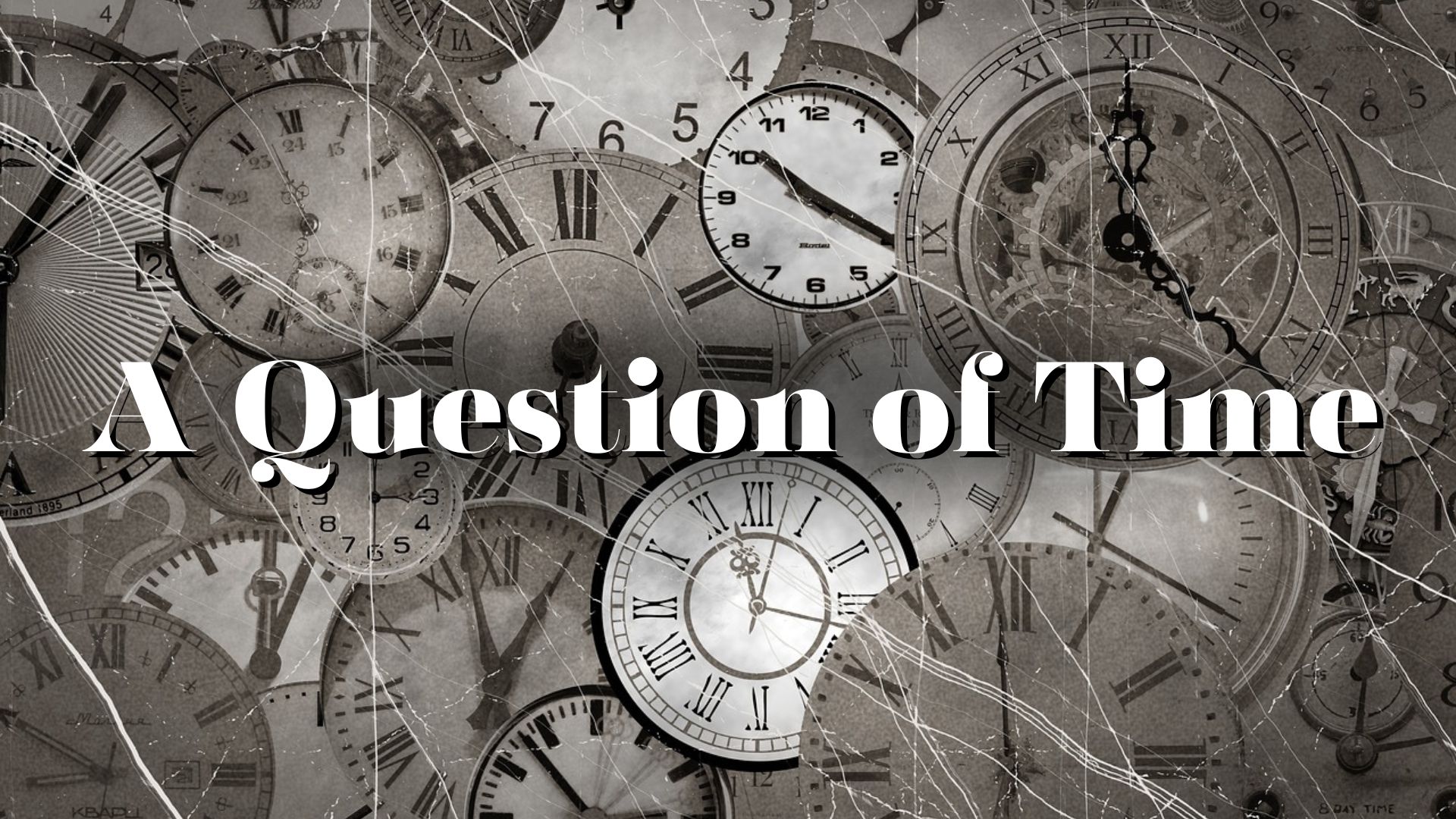With a watch on our wrist and a cell phone with us 24/7, time is a concept we take for granted and seem to question only when changing to and from Daylight Saving Time. Until relatively recently, this idea of time as we know it was foreign to most humans. Through most of history humans were too busy staying alive to think about regimented time.
If you lived in the Middle Ages your day would most likely have been regimented by sunrise, noon, sunset and bedtime. Centuries after the invention of mechanical clocks in the mid 14th century, most people couldn’t afford them. Roosters, the sun, servants, the town crier, church bells, and factory whistles were all more likely to wake up the average person than the chime of a clock, or an alarm clock. But just as some of us don’t need an alarm to wake up every morning, people would have had the same ‘biological clock’, or circadian rhythms, that we do today.
Clocks and Watches (portable spring-driven clocks) were invented in the early 16th century and pocket watches popularized three hundred years later. They helped to fuel the efficiency and regimentation of the Industrial Revolution. Before their proliferation localities set their own solar time. There were many variations in time, but without universal communication and high-speed transportation, those variations were not widely noticed.
With the advent of the telegraph and the railroads, these discrepancies became big problems. Every city in the United States used a different time standard so there were more than 300 local sun times to choose from. Each train station set its own clock according to their local time at solar noon, making it difficult to coordinate train schedules. Time calculation became a serious problem for people traveling by train (sometimes hundreds of miles in a day). The train operator had to reset his watch at each station to determine the departure time. It was a nightmare for the railroads to try to coordinate complex interdependent schedules for coast-to-coast rail travel without confusing passengers and operators alike.
Greenwich Mean Time was adopted by Great Brittain and the Railway Clearinghouse in 1847. In 1879, Sanford Fleming, a Canadian railway engineer recommended a Standard Time based on Greenwich Mean Time to the Royal Canadian Institute. That same year, US Weather Service chief Cleveland Abbe introduced four standard time zones for his US nationwide weather stations.
Operators of the new railroad lines struggled to find a new time plan that would allow a uniform train schedule for departures and arrivals. Abbe offered his time system to the railroads and encouraged them to adopt it. The railroads introduced Abbe’s four standard time zones for the continental United States at noon on November 18, 1883, when the telegraph lines transmitted time signals to all major cities.
On November 1, 1884, the Greenwich Meridian was adopted universally at the International Meridian Conference in Washington DC. As a result, Greenwich Mean Time (solar time at the Greenwich Observatory, Greenwich, London) became the time standard and 24 worldwide time zones were created. Those twenty-four time zones of the world were based on fifteen-degree increments of longitude. This is because the earth takes twenty-four hours to rotate and there are 360 degrees of longitude, so 360 divided by 24 equals 15. Thus, in one hour the sun moves across fifteen degrees of longitude. The offset time zones of the world were designed to better coordinate noon as the point in the day when the sun is at its highest point in the sky.
There are some countries that operate outside of the accepted system of time zones. China, which is about equal in size to the United States, has only one time zone for the entire country when it should have three or four. North Korea adopted its own time zone, changing by 30 minutes from the time it previously shared with Japan.
Greenwich Mean Time was replaced as the international time standard in 1972 by UTC (Universal Coordinated Time) which uses the IERS Reference Meridian (International Earth Rotation and Reference Systems Service), as the prime meridian, which is slightly different than the Greenwich Prime. The IERS Reference is a geodetic longitude, that is, the plane of the meridian contains the center of mass of the Earth
Today, the International Atomic Time, kept by 300 atomic clocks around the world, keeps earth’s time to within microseconds of accuracy of solar time.
Most of our cell phones default to update the time automatically as it changes. If you travel from one time zone to the next, your phone is supposed to update after you’ve “checked in” with the local cell towers. The cell towers tie into the GPS satellite system or GPS sync time server on-site at the tower. If your cell phone fails to reset, turn it off and on to have it resync.
If something happened to our electronics or our ability to charge them, how well would we handle the construct of time if we had to revert to the simple times of sunrise, noon, sunset and bedtime?

